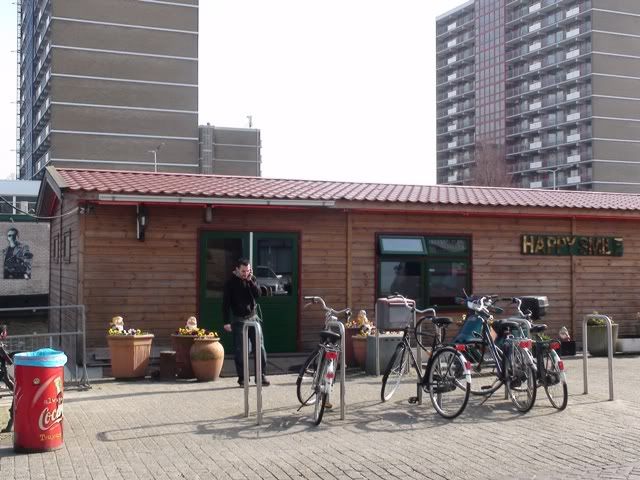Hi JamieShoes,
Welcome to the "purple soul train".
And the beat goes on.....
http://www.youtube.com/watch?v=BqyKqPAKGMA
Peace, G.A.
thanks man, nice to be aboard ... :smile:
Hi JamieShoes,
Welcome to the "purple soul train".
And the beat goes on.....
http://www.youtube.com/watch?v=BqyKqPAKGMA
Peace, G.A.

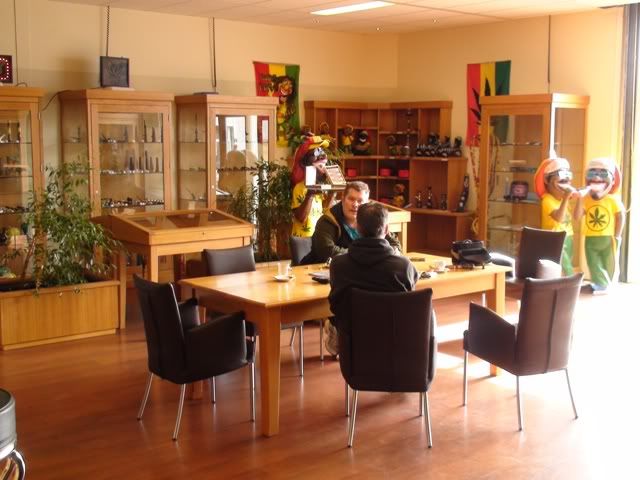

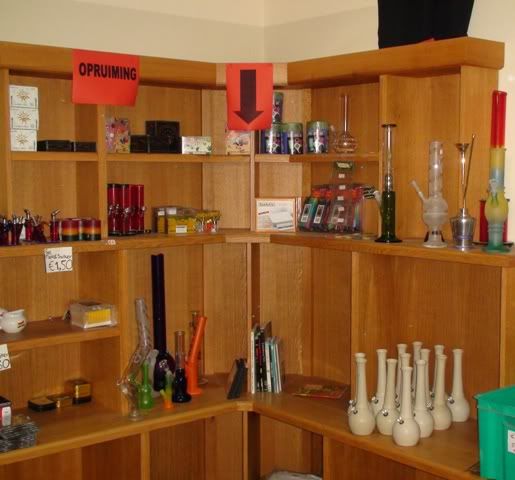

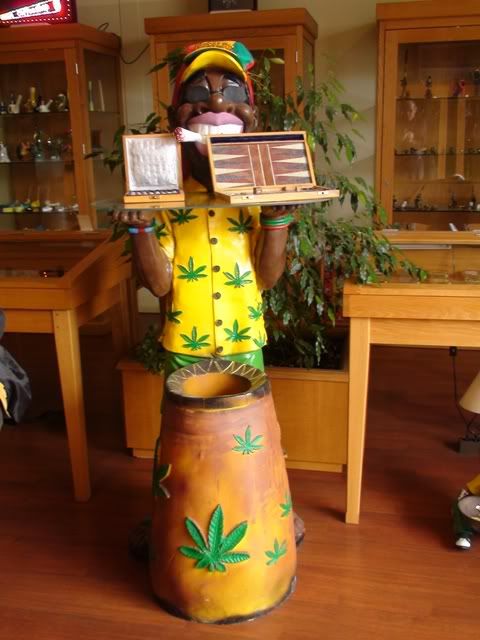



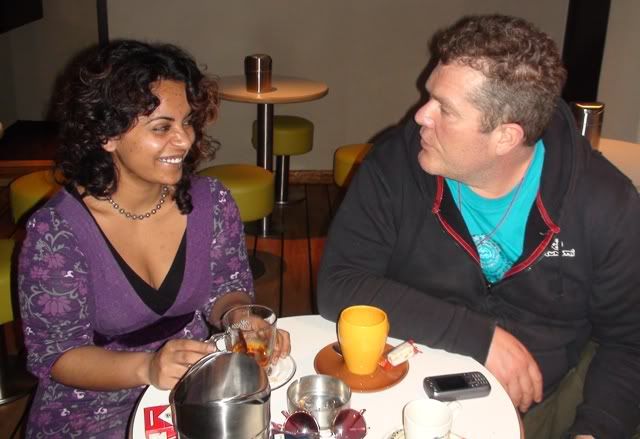
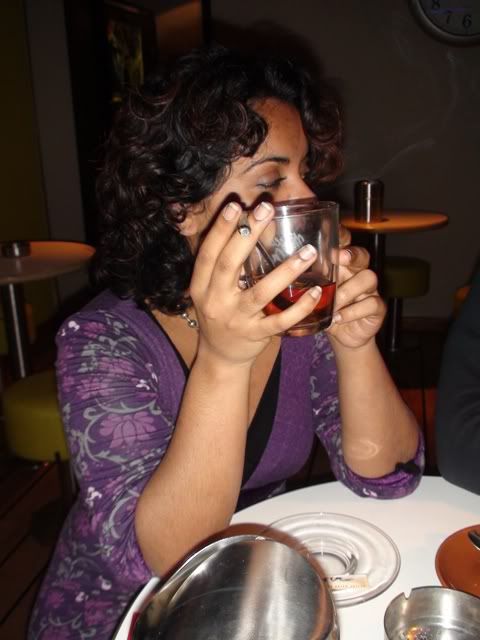





The Global Cannabis Commission


"That which is prohibited cannot easily be regulated"Why did The Beckley Foundation Convene This Report?
The global increase in the prevalence of cannabis use.
The fundamental changes in the global situation since cannabis came under the control of the international narcotics treaties in 1961.
The lack of interest towards cannabis in international drug policy discussions.
To analyse the latest scientific evidence on the potential harms of cannabis use.
To investigate the social harms caused by cannabis prohibition.
The escalating harms of the 'War on Drugs', of which cannabis is the mainstay.
The need for a more rational, effective approach to cannabis control.
Recognition that different policies whether draconian or liberal have little effect on the prevalence of drug use
The identification and analysis of different possible routes forward from depenalisation, to decriminalization to partial legality and finally to a regulated legal market.
To identify different ways in which individual countries can seek to reform cannabis policies in order to better suite their individual needs. These include individual countries denouncing the international conventions and re-acceding with a reservation on cannabis, or for a group of like minded countries to negotiate and adopt a new international convention specifically concerning cannabis.
Cannabis Use:
Cannabis is the most widely used illegal drug, making it the mainstay of the 'War on Drugs'. The UN has estimated that cannabis is used by 4% of the global adult population. The number of users has risen by 10% since their last estimate in 2005, despite the call for a drug free world. This compares to a figure of 1% for the use of all other illegal drugs combined. However, the focus of international attention has concentrated on that 1% which causes the most harms leading to cannabis being largely ignored in international drug policy discussions while.
Conclusions about Cannabis Use and Harms
1. In the last half century recreational use of cannabis has become widely established among teenagers and young adults in a broad range of developed countries and in some developing countries. In developed countries with the longest history of use, a substantial minority of users continue their use into middle age and beyond.
2. There are a number of health harms from smoking cannabis. Cannabis use impairs functioning in exacting tasks, and use before driving probably increases the risk of a traffic crash. About 10 percent of those who try cannabis develop dependence on the drug, and they have a higher risk of respiratory disorders, of impaired cognitive functioning (at least in the short term), and of developing psychotic symptoms or a psychotic disorder. Early and heavy use by adolescents may increase the risks of poor educational and other psychosocial outcomes in young adulthood.
3. The probability and scale of harm among heavy cannabis users is modest compared with that caused by many other psychoactive substances, both legal and illegal, in common use, namely, alcohol, tobacco, amphetamines, cocaine and heroin.
4. Recently, concerns have been expressed about increased potency of cannabis products. Average THC content in many countries probably has increased, at least in part because of the illegality of cannabis production. The health consequences of any such increases will depend on the extent to which users can titrate the dose of THC.
5. There are variations over time in rates of cannabis use within and between countries, but these variations do not seem to be affected much by the probability of arrest or penalties for use or sale, however draconian. The widespread pattern of cannabis use indicates that many people gain pleasure and therapeutic or other benefits from use.
6. It is probable that cannabis users who drive while intoxicated can harm others. Measuring tools are now available to establish whether a driver is under the influence of cannabis and regulations and enforcement to deter this behaviour should be broadly implemented. Other harms to others from cannabis use are less well established. Role-failures from cannabis dependence (in work and family life) are probably the most important.
Conclusions About the Effects of Current Policies
7. There have been longstanding efforts to deter cannabis use by prohibition and policing. Enforcement efforts in most countries have focused on the arrest of users. In developed countries with large cannabis-using populations, the criminal penalties actually imposed for possession and use are usually modest by comparison with those possible by law. Moreover the probability of being arrested for any one incident of cannabis use is in the order of less than one in one thousand. The enforcement effort has not had much success in deterring use.
8. The rationale for severe penalties for possession offenses is weak on both normative and practical grounds. In many developed countries a majority of adults born in the past half-century have used cannabis. Control regimes that criminalize users are intrusive on privacy, socially divisive and expensive. Thus it is worth considering alternatives.
9. In addition to the substantial government resources expended in enforcing a prohibition regime, such a regime imposes very large secondary costs and suffering at the personal level. For example, a criminal conviction for cannabis possession can exclude an individual from certain jobs and activities, and arrest can impose personal and family humiliation. In countries where data are available, arrest rates are sharply higher for many minority and socially disadvantaged groups.
10. Measures to reduce penalties or to decriminalize possession and use have been adopted in numerous jurisdictions without an upsurge in use. Moreover these reform measures have had some success in ameliorating the adverse consequences of prohibition. However, the benefits of decriminalization can be undercut by police practices which may increase the number of users penalized, or by discriminatory enforcement of the law.
Beyond the International Treaties
11. The present international treaties have inhibited depenalization and prevented more thoroughgoing reforms of national cannabis regimes. Regimes which do go beyond depenalization or decriminalization have been characterized by inconsistencies and paradoxes. For example, the Dutch coffee shops may sell cannabis products through the front door, but are not supposed to buy their supplies at the back door.
12. 'That which is prohibited cannot be regulated'. There are thus advantages for governments in moving toward a regime of regulated legal availability under strict controls, using the variety of mechanisms available to regulate a legal market, such as taxation, availability controls, minimum legal age for use and purchase, labeling and potency limits. Another alternative, which minimizes the risk of promoting cannabis use, is to allow only small scale cannabis production for one's own use or gifts to others.
13. There are four main choices for a government seeking to make cannabis available in a regulated market in the context of the international conventions:
(1) In some countries (those that follow the expediency principle), it is possible to meet the letter of the international conventions while allowing de facto legal access. The Dutch model is an example.

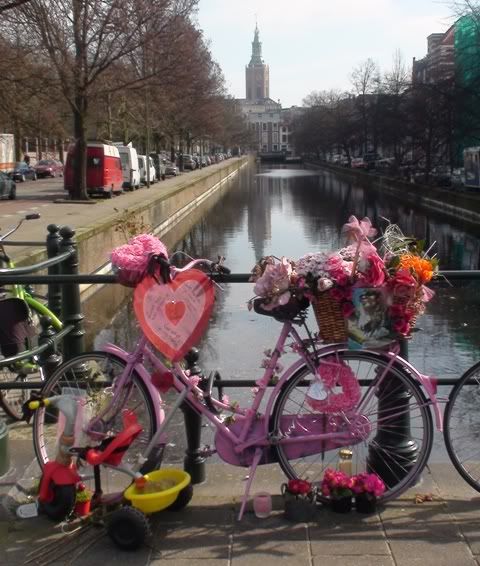

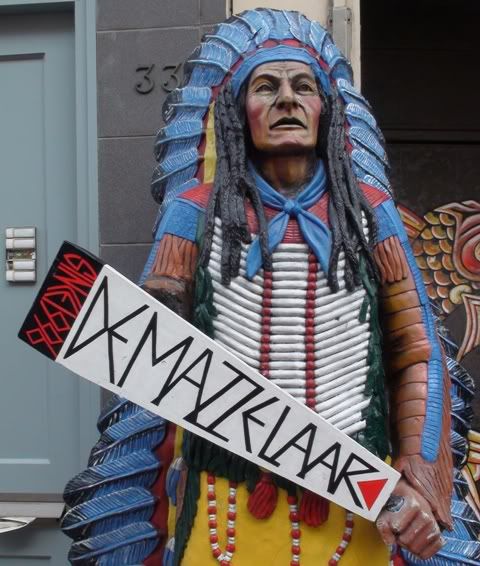











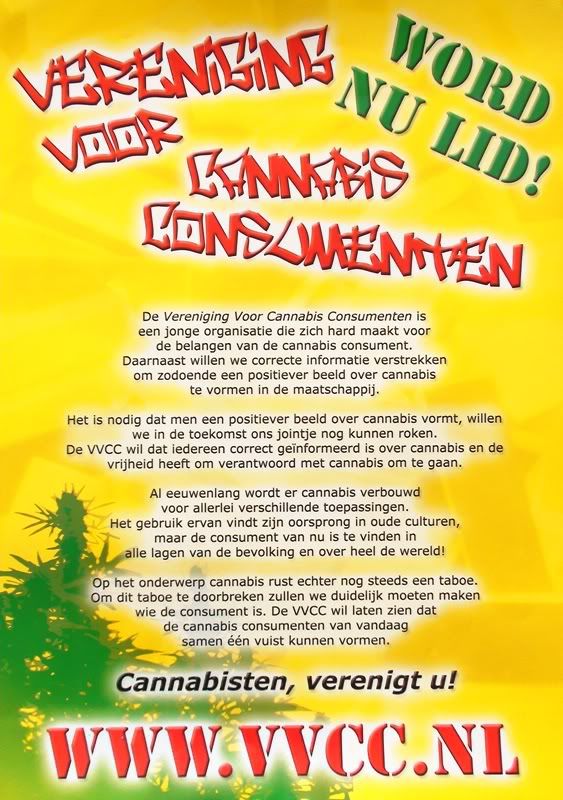
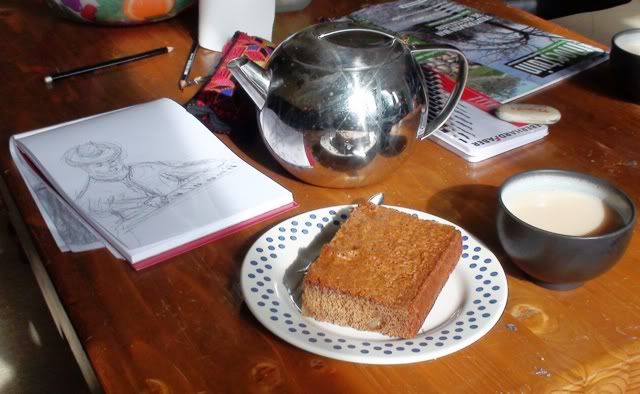
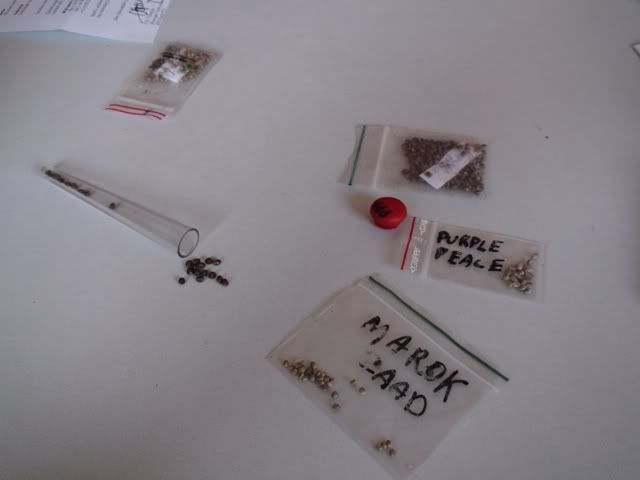
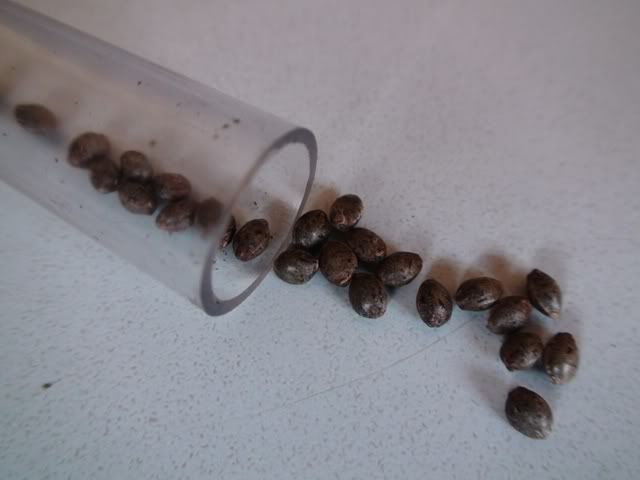
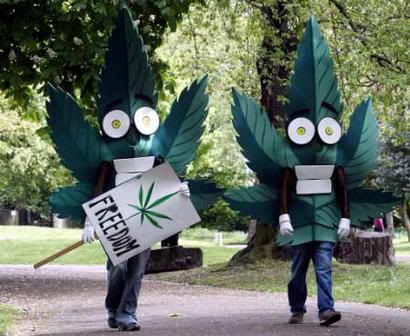
Cannabis is linked to over 70% of drug related psychiatric admissions. A new awareness campaign was launched in 2008 - Commitment to a drug free Nigeria. Training on demand reduction strategies has been done for officers. Drug education has been initiated in schools.
Treatment and rehabilitation "have been given priority attention", and there is a need for upgrading of treatment centres.
Cannabis most used drug. Misuse of prescription drugs also identified as a concern. Studies have revealed problems with solvent use in some parts of the country. There is a need for a national survey of drug use.
There are 3 million drug users in Indonesia. 47% are 'addicts'. 15% injecting drug users and 85% non-injecting drug users. Cannabis most widely used illicit drug (70% of illicit use). There are concerns at increase of ATS use, and ATS now a bigger concern than opiates. Heroin use is stabilising and to a certain extent decreasing. Addressing ATS is the big issue. Effective drug demand reduction staratgies must be evidence based.
Italy has taken 'and extremely firm stance' against drug use. It follows three principles
1. It is illegal. There is no right to use
2. All narcotics are equally damaging and danegerous
3. Addicts must always be seen as persons who can be brought back to normal like, so focus must be to 'liberate addicts'.


